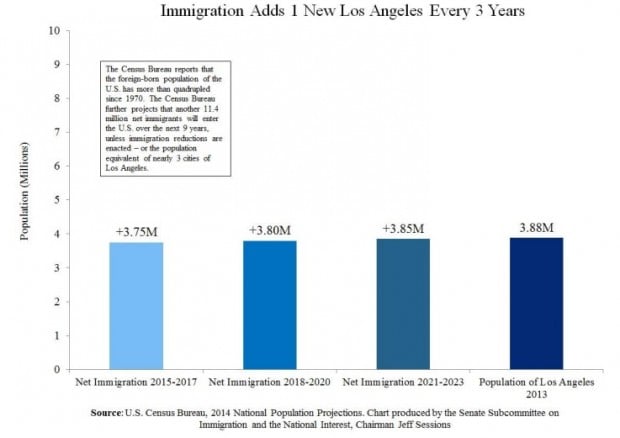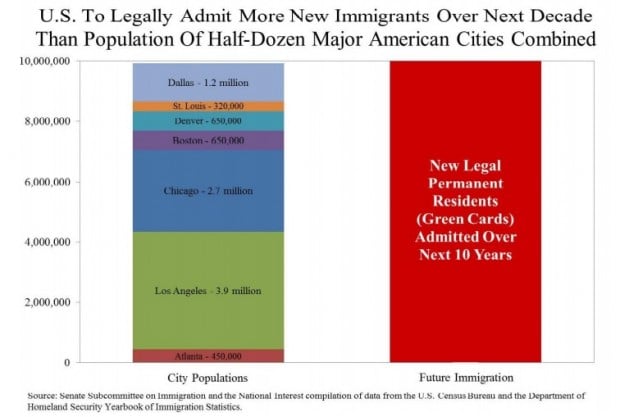Yes, but everything is subject to power and money. When it comes to your child, take extreme caution, ask questions, research and don’t trust anyone. That includes Bill Gates and Common Core. You are the real watchdog for your children, regardless of age, take comfort however, there are people doing great work on your behalf. Use these tools.
<<— Big and scary
The Family Education Rights Privacy Act (FERPA) has been a stumbling block in accessing data in education reformer plans for many years. According to the ed reform talking points, it is imperative that personally identifiable information be available so that all federal agencies, state educational agencies and third party researchers have access to this information ostensibly to ‘help your child’. The request for information and the need for this information has been requested repeatedly by education reformers needing that data for company/agency existence. The Departments of Education and Health and Human Services need that information as well in order to ‘help your child and your family’ reach the goals the government (not the parents) has indicated is success.
From a previous 2013 article on escholar, a company wanting to use data to track students:
*************************
Common Core and the revision of FERPA by the US Department of Education allows intensive data mining and sharing of student information to various federal agencies and private firms selected the the USDOEd. The company eScholar is one education reform company eager and ready to data mine information on students. From wsj.com and Education Data Companies Chosen, 08.13.2012:
New York state education officials Monday said they selected four companies to build a broad education database that will host students’ test scores, curriculum materials and education apps, paid for by up to $50 million in federal Race to the Top funds.
The state Education Department said that by fall 2013, school districts will be able to use one of the data systems created by either ConnectEDU, eScholar or Pearson PLC and its subsidiary Schoolnet.
The systems are supposed to store student test scores, student demographic information, curriculum materials, lesson plans and other items that teachers or parents can access. Companies will get paid, in part, based on how many school districts select their data system.It’s financially lucrative for data mining companies to compile student data and advantageous for them to have start up funding provided by taxpayer money. eScholar has produced a video about “Bobby”, a hypothetical student the company is tracking. From the eScholar website:
“Have you met Bobby yet?”
(access video here)
Meet Bobby, the newest member of the eScholar myTrack team. We think that educators have a lot of students like Bobby, students who have things that they want to do, but aren’t always sure how to get there. Check out the video to see how Bobby and his team of supporters use myTrack to help him reach his goals. What do you think? Do you have any students like Bobby?
eScholar is a company that received federal stimulus dollars to track your child without your knowledge or permission. Could such behavior and practice be considered not just data mining but stalking?
Should the tracking of student academic and non-academic information and sharing it with federal agencies and private organizations without parental/student knowledge/permission be allowed? How is the difference in the dissemination of personal information about “Bobby” to others and monitoring “Bobby’s” computer usage via the relaxation of FERPA any different than the definition of how stalkers operate?
Here’s an example of what eScholar will gather on “Bobby” and why:
Enabling P-20 Data Warehousing
Today, a consensus has emerged amongst educators at all levels that there is a need to create an LDS that provides a comprehensive view of education from early childhood through postsecondary and beyond (P-20). This capability is essential to maximizing the effectiveness of our efforts to encourage every student to achieve his or her greatest potential. A key element of this LDS is a comprehensive data warehouse that supports the data requirements of the P-20 world. With the introduction of CDW-PS, which integrates with our eScholar Uniq-ID® products supporting unique identification and ID management of individuals from early childhood through postsecondary, eScholar now has a complete solution for a P-20 data warehouse. Thedata model for the CDW-PS product is specifically designed to integrate with the eScholar Complete Data Warehouse® for PK-12 product to create a comprehensive LDS of over 3,000 data elements encompassing student and teacher academic history from pre-K through higher education. This powerful combination enables SEAs to answer key P-20 questions through one software product solution.
Should the tracking of student academic and non-academic information and sharing it with federal agencies and private organizations without parental/student knowledge/permission be allowed? How is the difference in the dissemination of personal information about “Bobby” to others and monitoring “Bobby’s” computer usage via the relaxation of FERPA any different than the definition of how stalkers operate?
************************************
The United Way Salt Lake City (a private NGO) is making a pitch to parents to sign away their children’s right to privacy by agreeing to waive their FERPA protections so that the organization can ‘help’ their child and agencies can then determine the ‘right’ services for their children. Apparently the Salt Lake City United Way just can’t do its job without parents giving their human capital information to federal agencies, NGOs like The United Way and third party researchers. Unlike escholar, United Way is making a pitch directly to parents to give away a right that has been constitutionally provided. The United Way is asking parents to provide active permission to data mine students. It doesn’t give information on exactly where that information is directed and other than promises that it will make United Way’s partners jobs easier, there is no indication on who has access to this data.
From Emily Talmage in United Way to Parents: Give Us Your Gold:
To get around this law, United Way of Salt Lake City, which has recently partnered with an organization called “StriveTogether” – a subsidiary of KnowledgeWorks Foundation that has received millions from the Gates Foundation – is now encouraging parents to sign a form waiving their FERPA rights.
They’ve even put together a video to convince parents just how important it is that they give up their children’s personal information to just about any organization in the city that wants it – including the Salt Lake City Chamber of Commerce.
Here is The United Way’s video cajoling parents into giving their child’s data away. It’s the same argument made by escholar, it’s because we want the best for your child. Don’t fall for it. It’s to have access to the dossier on your human capital. Do a search on ‘United Way and FERPA’. The United Way is supportive of this administration’s educational reforms and ESSA and many United Way agencies are requesting parents give away their child’s constitutional right to privacy.




